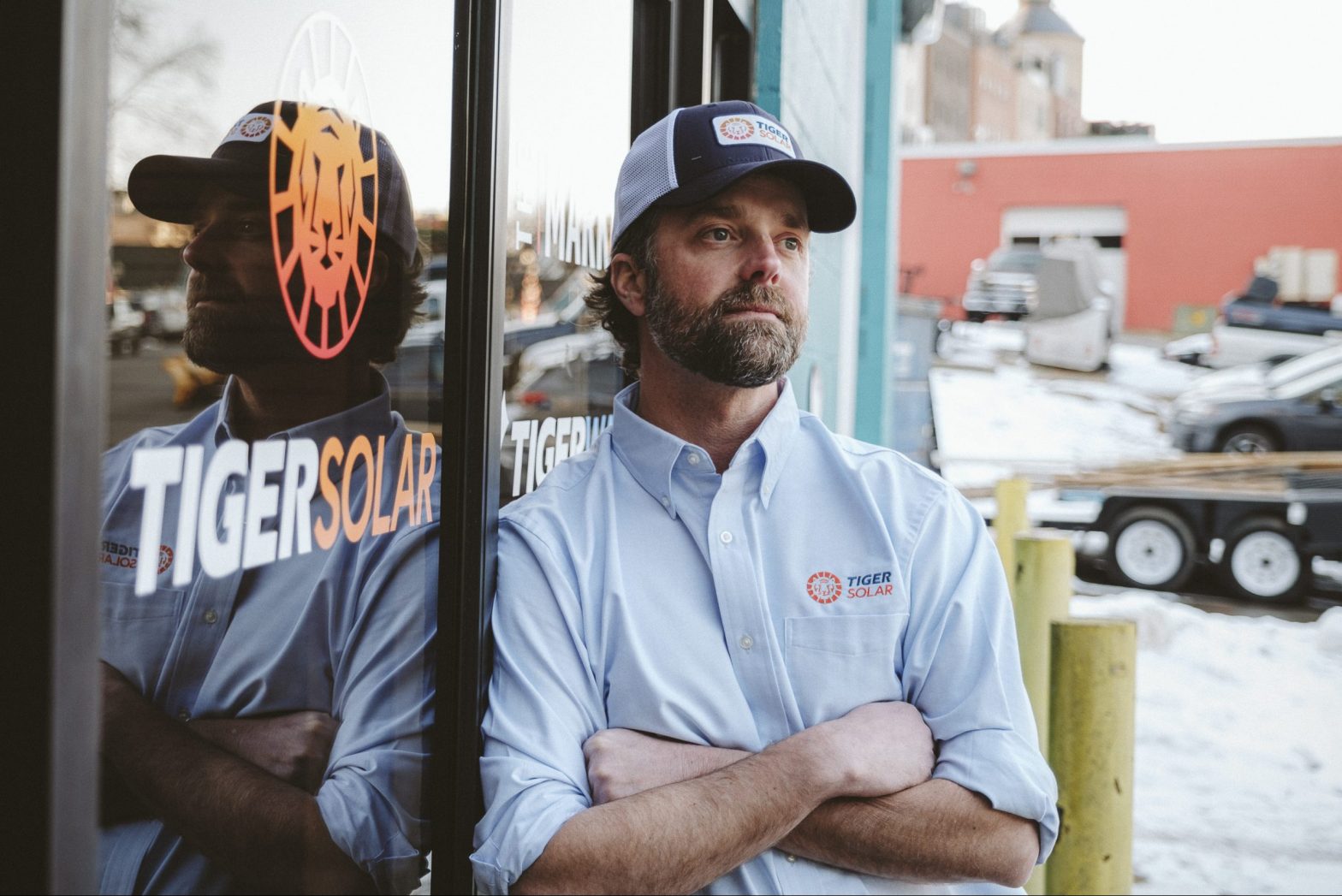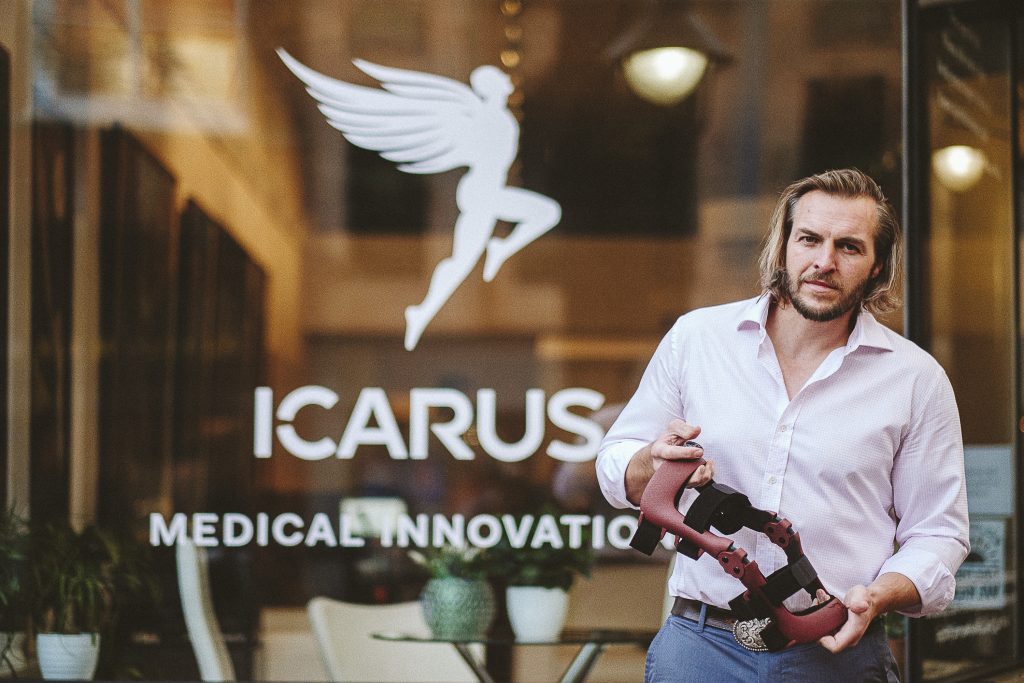Shannon Horton had a dream: “I wanted to make a white wine that would go with a steak.” As a member of the family dynasty that runs Horton Vineyards in Gordonsville, she had a good shot at achieving that goal. And last fall, her wine—Suil (pronounced sue-ELL)—became the first sparkling viognier and only the second Virginia wine to earn a medal in the Champagne & Sparkling Wine World Championships, the Olympics of sparkling wine.
Horton Vineyards’ viognier has been winning awards for years. Its founder, Dennis Horton, who passed away in 2018, is credited with bringing the grape to Virginia and kicking off its popularity—viognier was designated Virginia’s state grape in 2011. Typically, about 20 percent of the viognier harvest is not the right profile for still wine, so it’s used to make the sparkling version; Horton has been producing a sparkling viognier since the 1990s.
As Dennis’ daughter, Shannon grew up in the world of wine (family vacations were trips to research grapes, visit vineyards, and test wines). A few years ago, “I decided to get deeper into what we were producing,” she says. “And I am a sparkling wine fanatic—it’s my passion. If I could drink only one wine for the rest of my life, it would be sparkling. So I started researching a lot. I read and I drank.”
Shannon took over the making of the vineyard’s three sparkling wines, and in 2018 she decided to concentrate on taking the sparkling viognier up a notch. In memory of her father—“he always called viognier ‘Virginia’s great white hope,’’’ she says—Shannon named her wine Suil, the Celtic word for hope, since Dennis was also proud of his Irish heritage.
Shannon was determined to make her wine méthode champenoise, the traditional way, by hand. This approach produces the best quality, most complex wines. But it is time-consuming and labor-intensive: adding yeast and sugar for the wine’s second, in-bottle fermentation; letting it age with the dead yeast (the lees) to enrich the wine; riddling (angling the bottles and rotating them 90 degrees every day, to let the lees settle out); disgorging (carefully removing the lees); then corking and labeling.
To check fizz, color, aroma, and taste, Shannon samples every bottle—that’s 1,200 bottles for each disgorgement—and rejects about 10 percent. It all adds up to years of devotion to one product: Shannon’s medal-winning Suil is labeled “on the lees 2016” and “disgorged March 2021.”
As she developed Suil, Shannon was also searching for a way to gain outside recognition for her efforts. That’s when she decided to enter the Champagne & Sparkling Wine World Championships, the world’s toughest and most prestigious competition for sparkling wine. “Tom Stephenson [founder and chairman of the championship] is the man in champagne,” Shannon says. “I appreciated the integrity of the competition—and you get the judges’ notes.”
In 2019, Shannon entered that year’s disgorgement and just missed earning a medal. “We came so close,” she says regretfully. “But the notes they gave me, saying that the wine needed more complexity, were absolutely right. I knew I had to wait and get it right.”
She submitted again in 2021. The CSWWC judges, Stephenso; Essi Avellan, founder and editor of FINE Champagne; and George Markus, noted champagne expert and taster, spent two weeks tasting more than 1,000 entries from 19 countries. And among the 139 gold and 268 silver medals awarded was one for Horton Vineyards’ Suil.
Shannon is justifiably proud of her achievement, but it’s clear this is truly a family enterprise. Her mother Sharon has been vineyard manager since Dennis bought his first 50 acres in 1989. “She’s the matriarch, out in the fields every day, and the quality of fruit is due to the people taking care of it,” says Shannon, who handles merchandising, marketing, and PR. She also has a full-time job as a quality manager at UVA Children’s Hospital, plus she supervises the vineyard’s crush pad, sharing the duties with her daughter Caitlin. Caitlin took over as winemaker last year, and is developing her own label: Gears and Lace, which has a white, a red, a rosé, and a sparkling dry red. And they all live on the same property in Madison, which, Shannon admits, sometimes leads to business meetings on her porch at nine o’clock at night (one assumes wine is on offer).
Right now, Horton Vineyards has 17 grape varieties under cultivation and 63 active labels (“and we make all of them, which is insane,” Shannon notes). But sparkling wine is still Shannon’s passion. She thinks it’s unfortunate that bubbly has gotten the reputation as “a celebration wine; something you have with appetizers, dessert. But it can go with a range of dishes, especially fatty foods.”
And that’s what began her quest for a sparkling steak wine. Shannon’s suggested pairings for Suil? Lobster mac-n-cheese, buttered popcorn with Parmesan, beef Wellington, and a group of good friends. “Wine always tastes better if you’re doing something with people you love,” she says.









